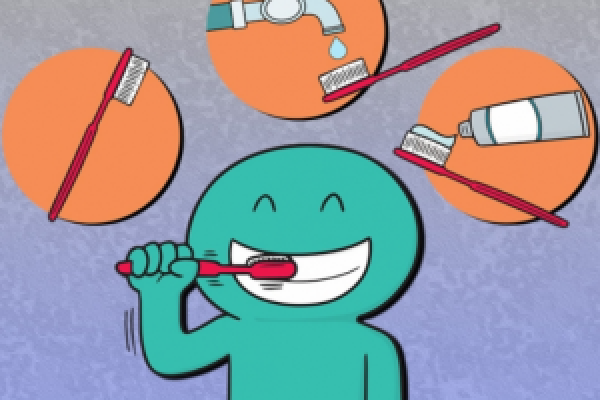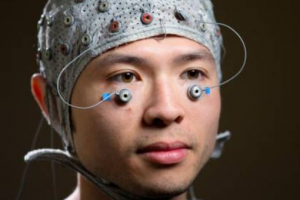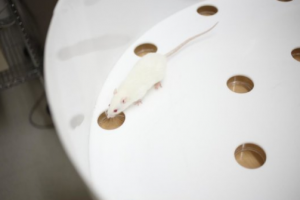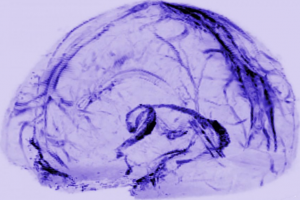Distinctive brain pattern helps habits form
Our daily lives include hundreds of routine habits. Brushing our teeth, driving to work are just a few of the tasks that our brains have automated to the point that we hardly need to think about them.
Our daily lives include hundreds of routine habits. Brushing our teeth, driving to work are just a few of the tasks that our brains have automated to the point that we hardly need to think about them.
Although we may think of each of these routines as a single task, they are usually made up of many smaller actions. This process of grouping behaviors together into a single routine is known as “chunking,” but little is known about how the brain groups these behaviors together.
MIT neuroscientists have now found that certain neurons in the brain are responsible for marking the beginning and end of these chunked units of behavior. These neurons, located in a brain region highly involved in habit formation, fire at the outset of a learned routine, go quiet while it is carried out, then fire again once the routine has ended.
A part of the brain called the striatum, which is found in the basal ganglia, plays a major role in habit formation. Several years ago, the group found that neuron firing patterns in the striatum change as animals learn a new habit.
Once the patterns form, it becomes extremely difficult to break the habit.
In the new study, researchers set out to determine whether this firing pattern could be conclusively linked with the chunking of habitual behavior.
The researchers study on rats and saw the same beginning-and-end firing patterns develop in the striatum that they had seen in their previous habit studies.
The firing pattern corresponds specifically to the initiation and termination of a learned routine.
The researchers also discovered a distinct pattern in a set of inhibitory neurons in the striatum. Activity in these neurons, known as interneurons, displayed a strong inverse relationship with the activity of the excitatory neurons that produce the bracketing pattern.
The interneurons could possibly be preventing the principal neurons from initiating another routine until the current one was finished.
Their lab is now investigating further how the interaction between these two groups of neurons helps to encode habitual behavior in the striatum.
MIT News





Related Posts